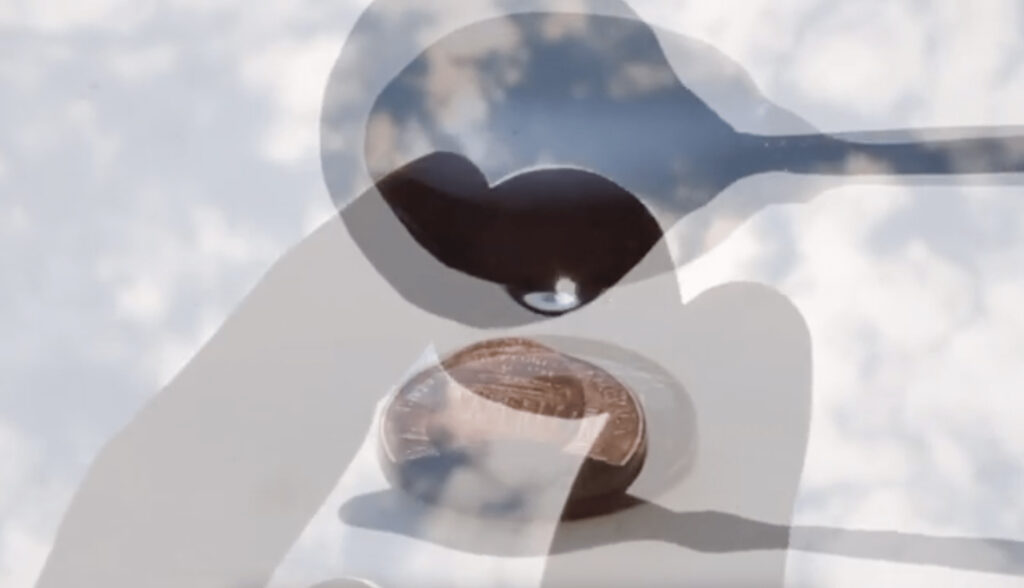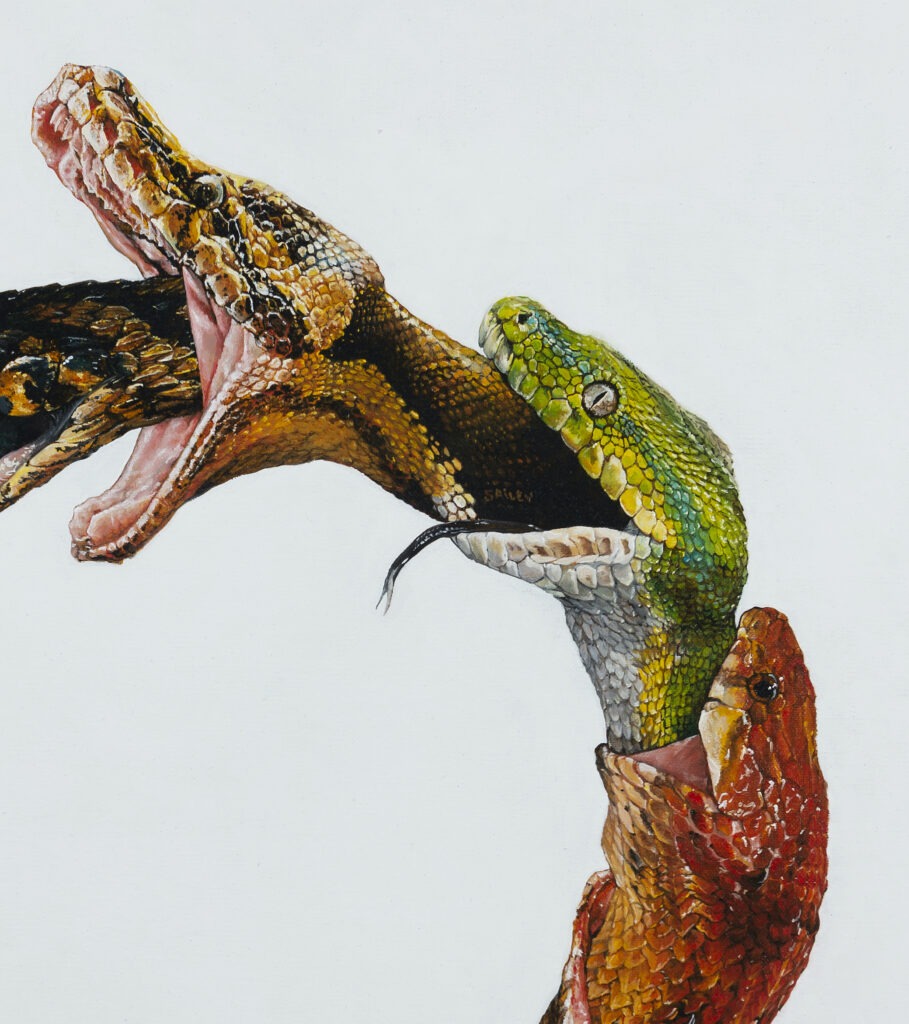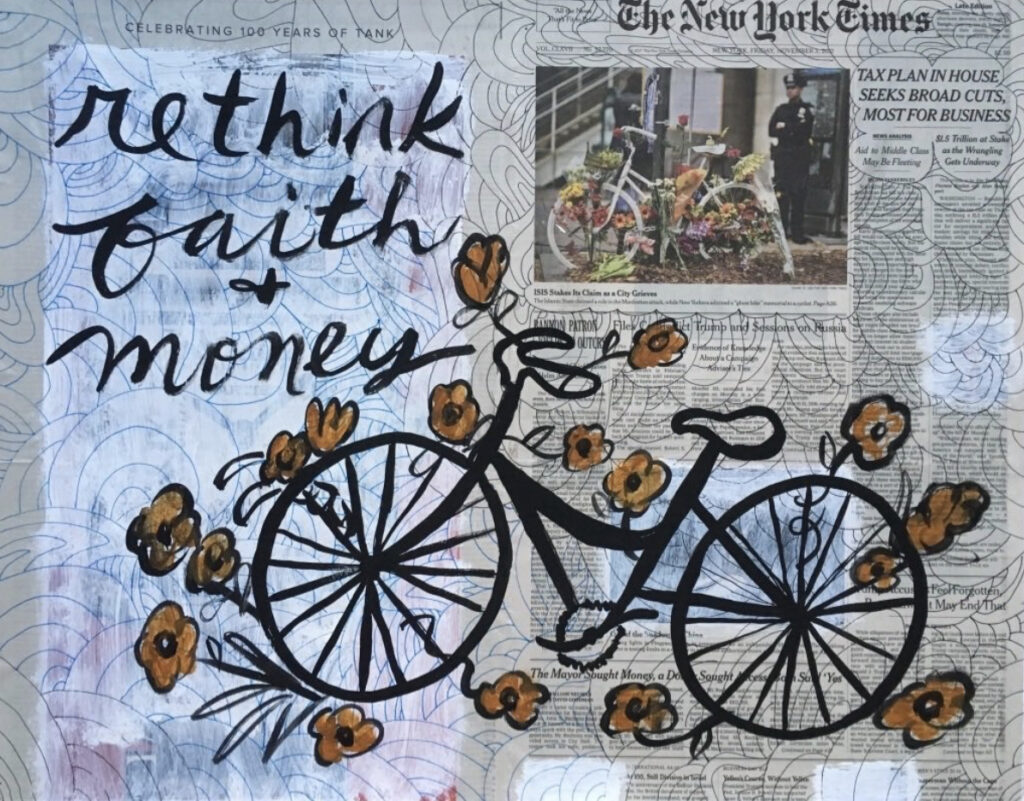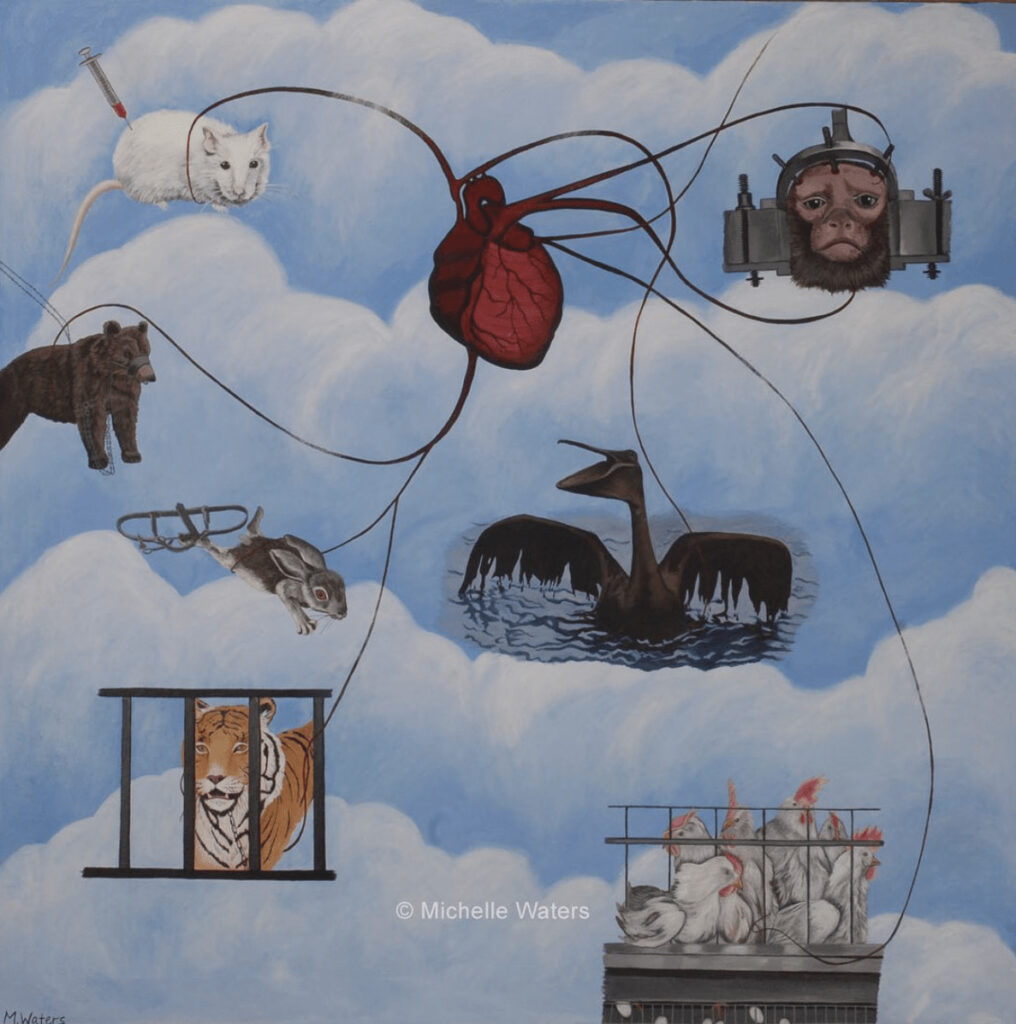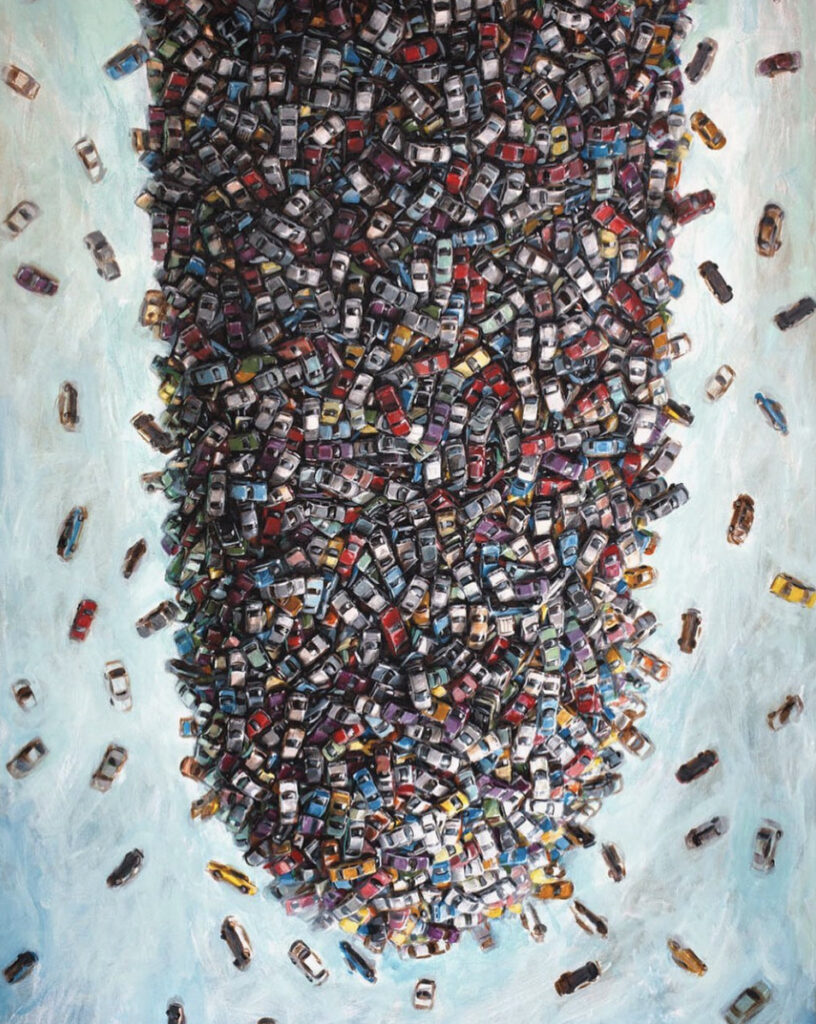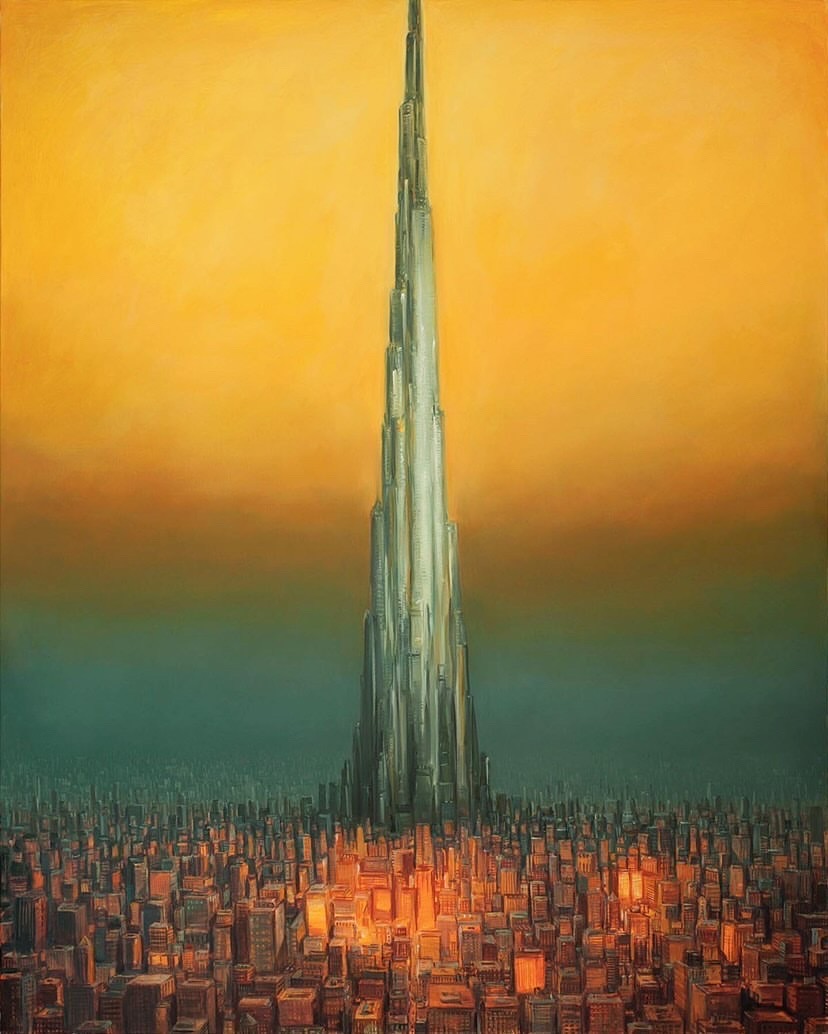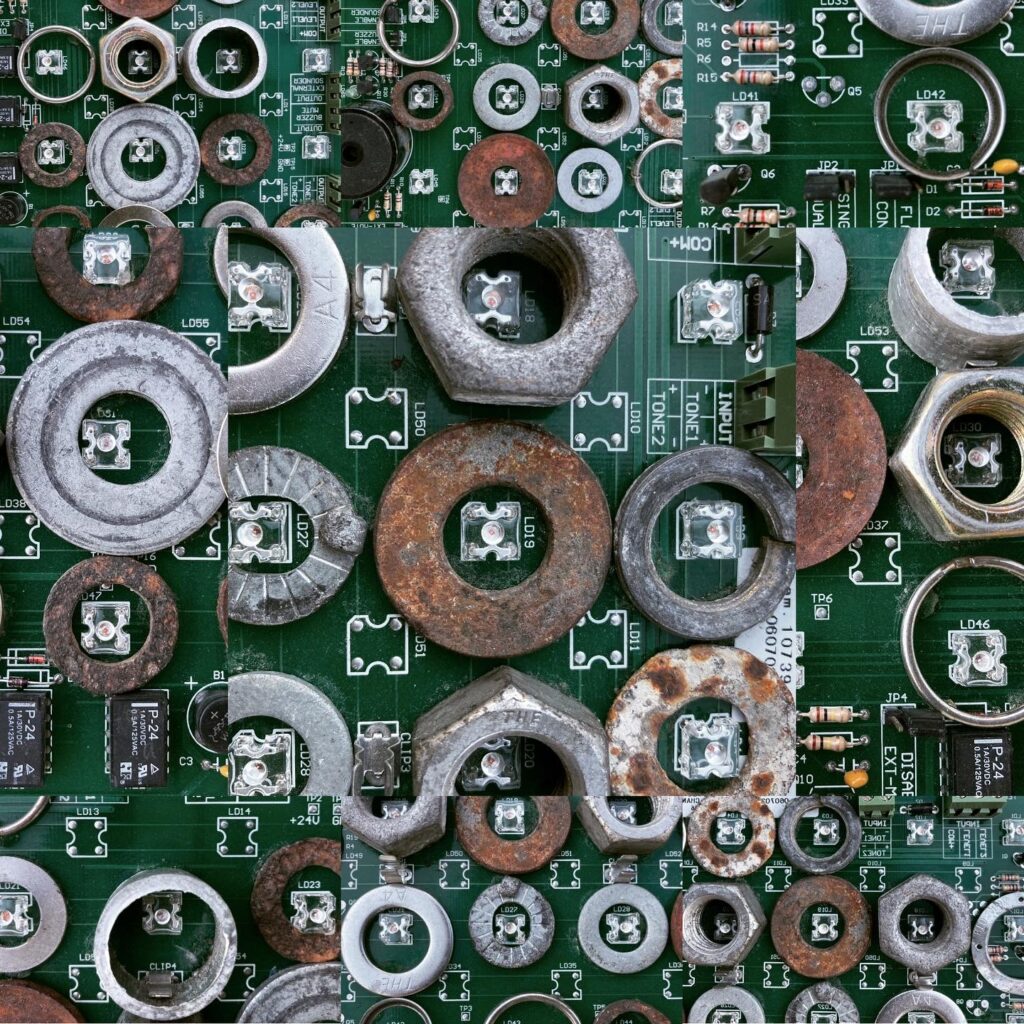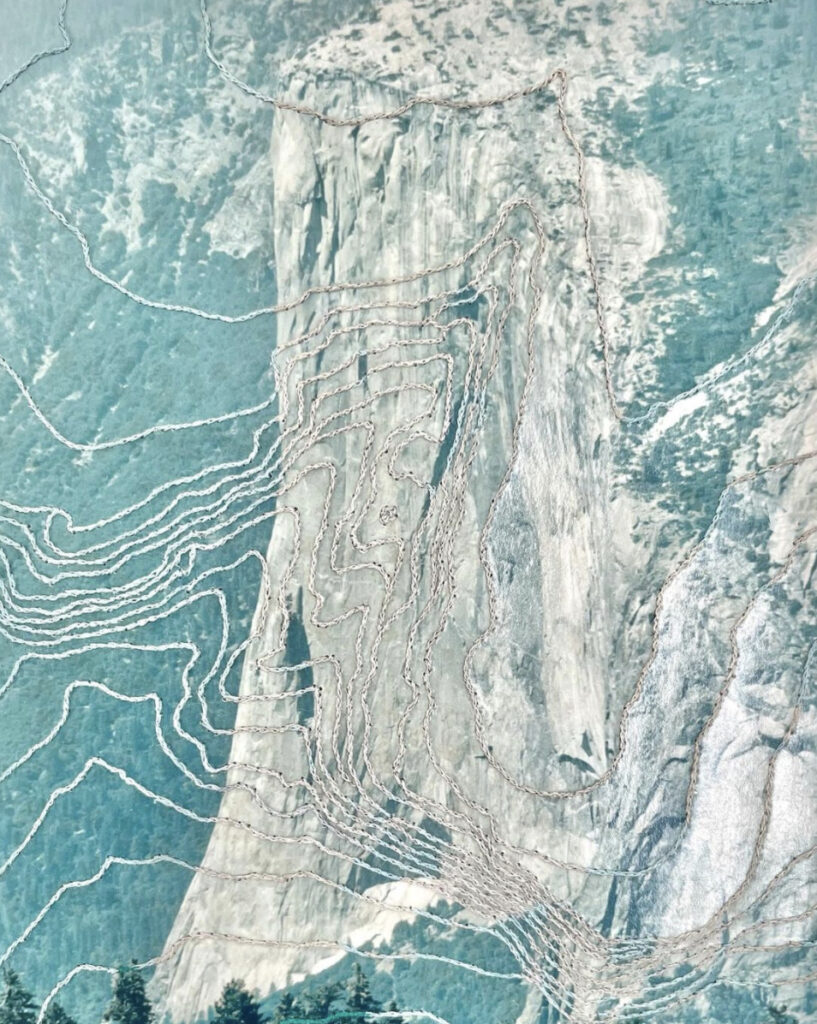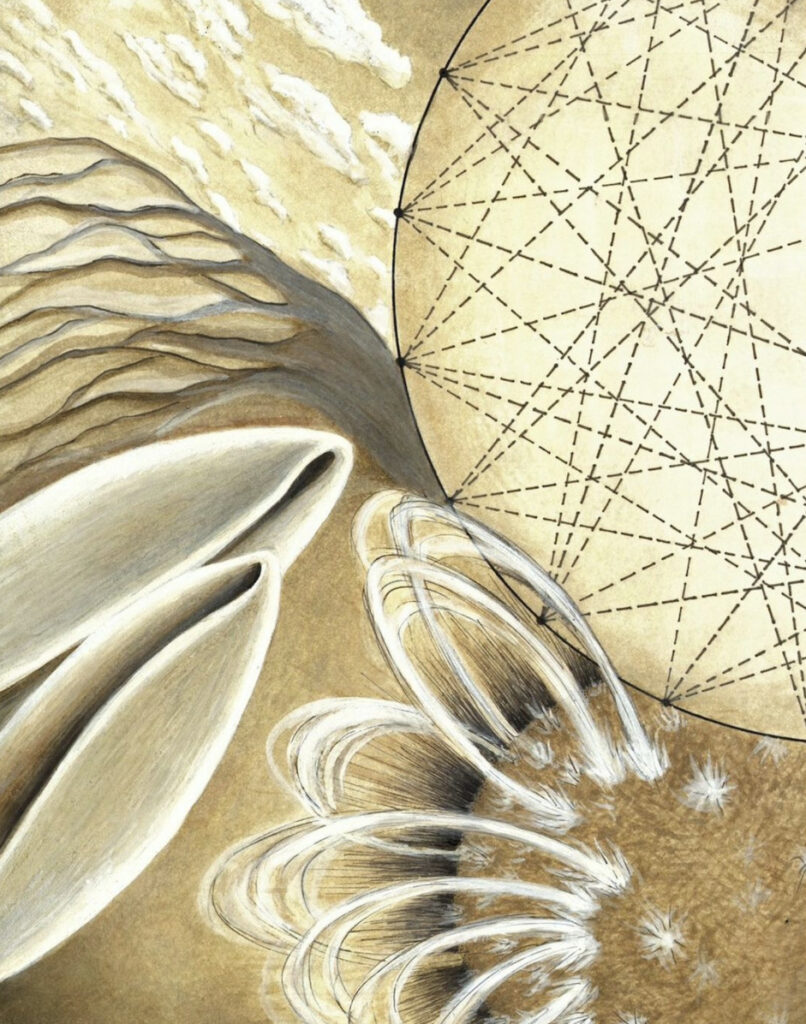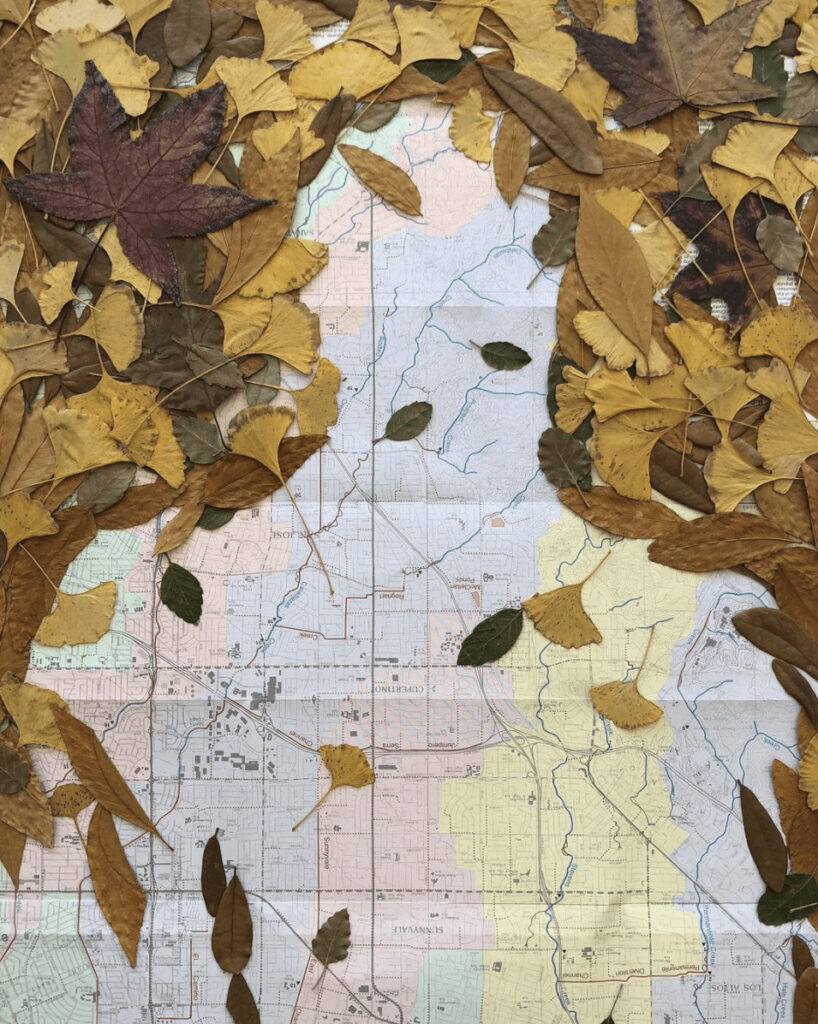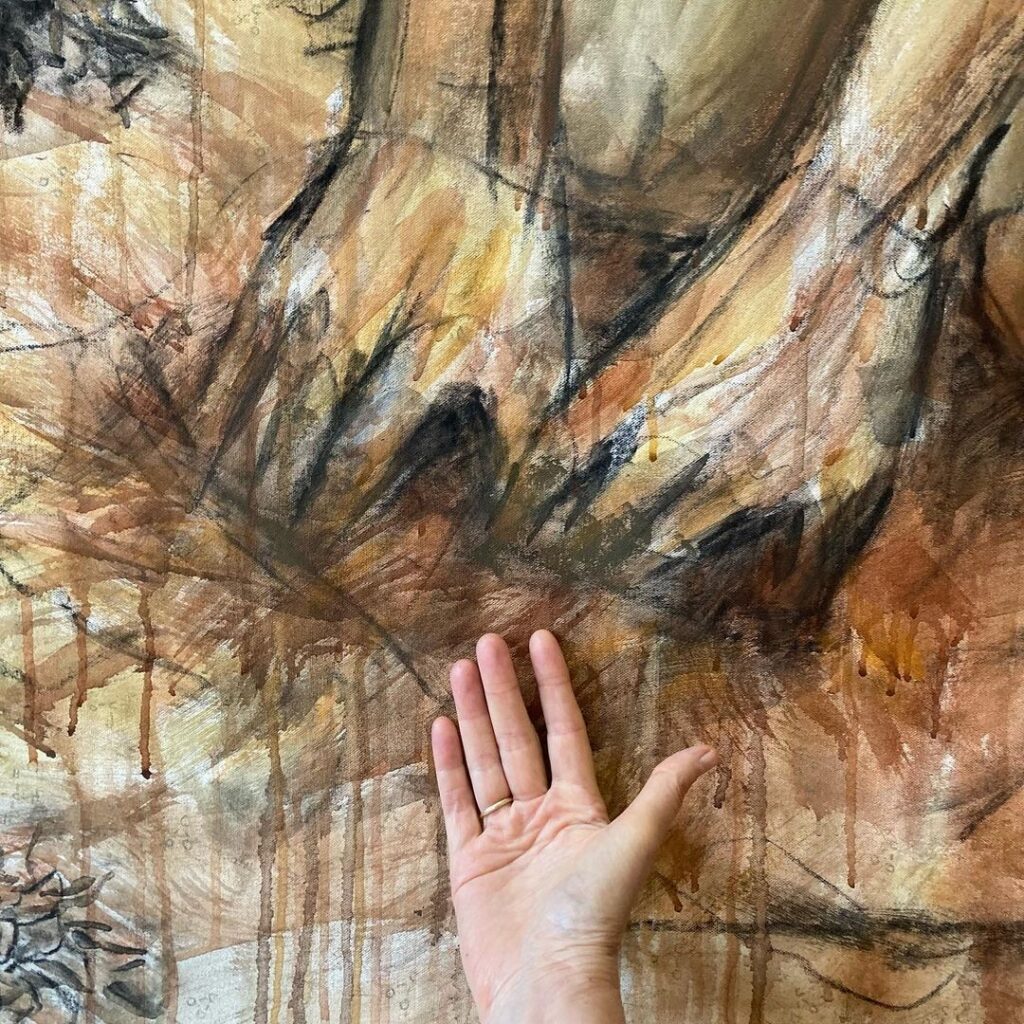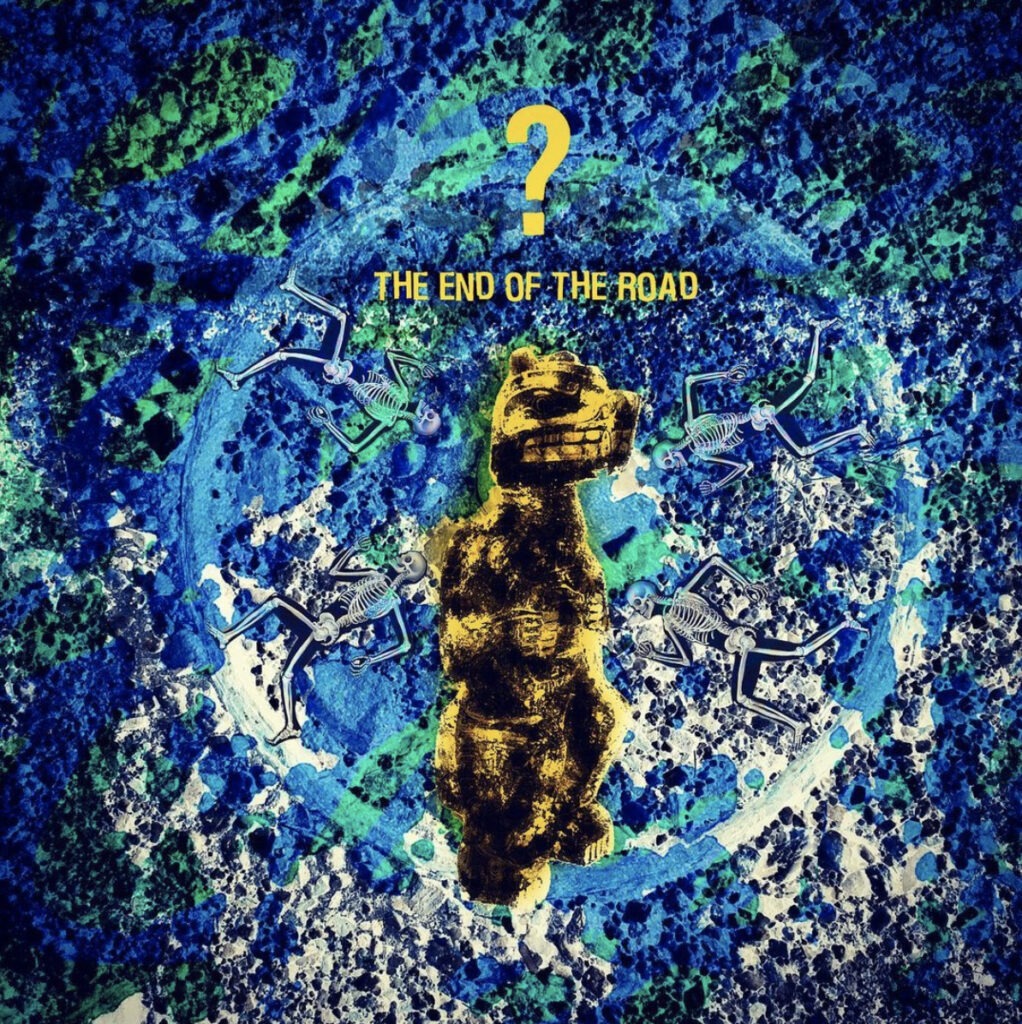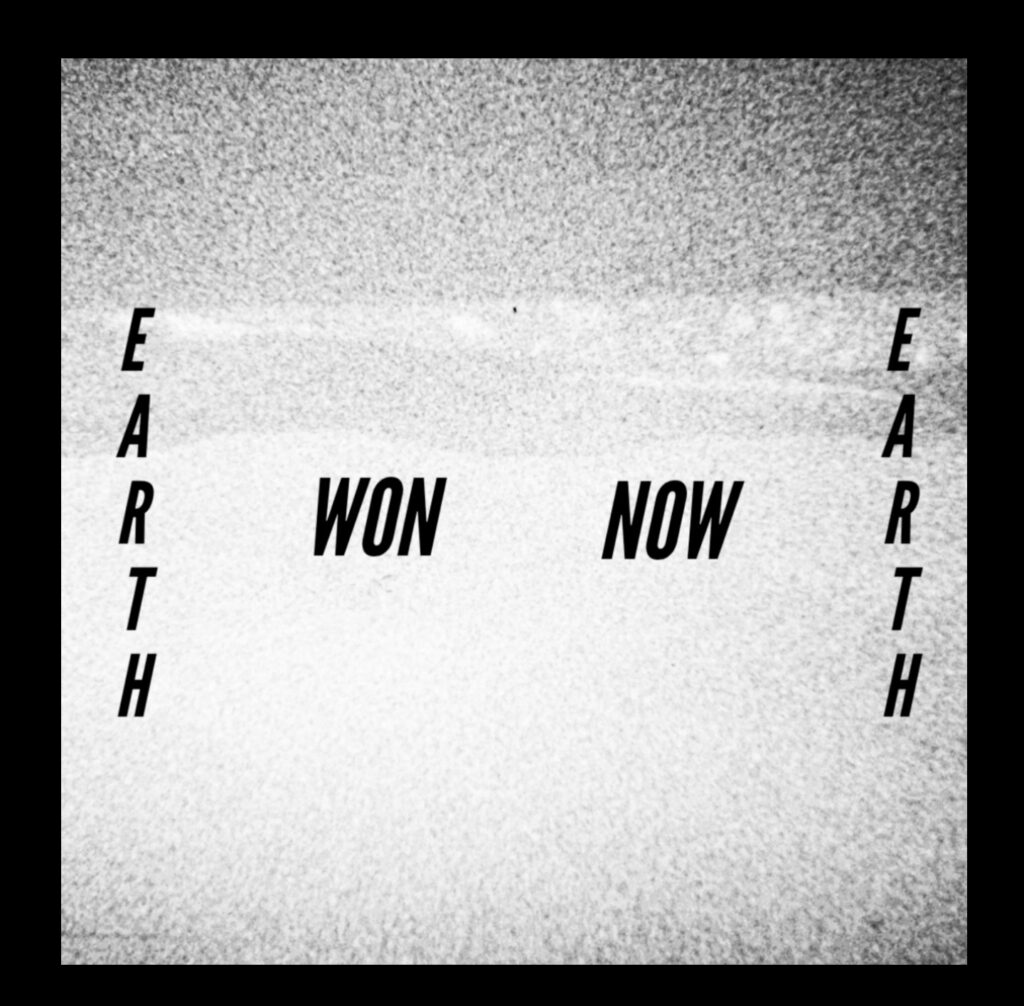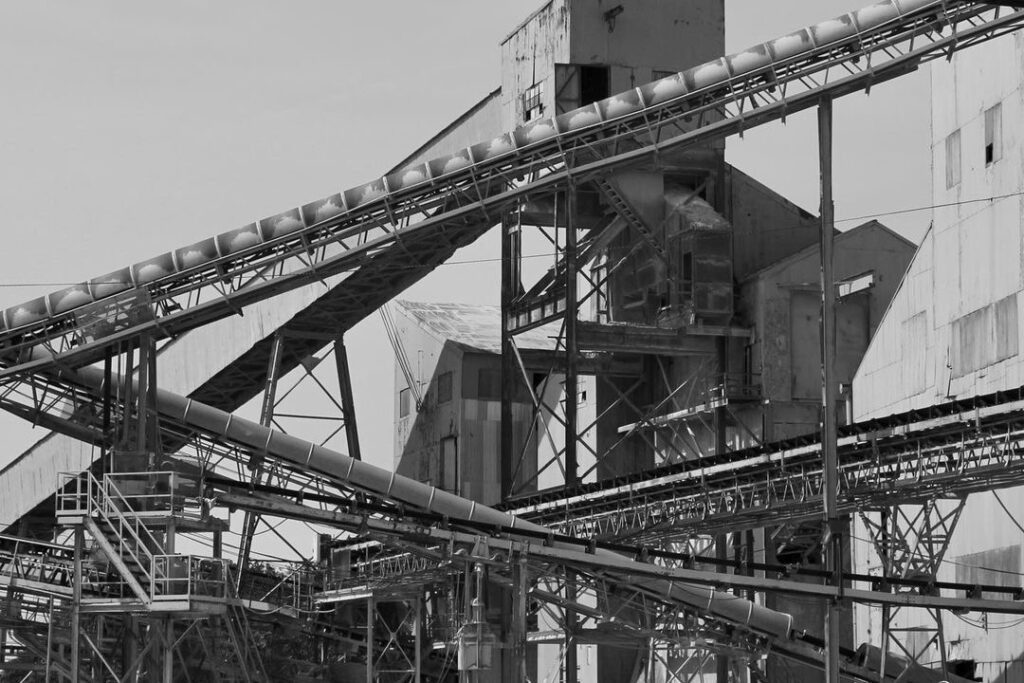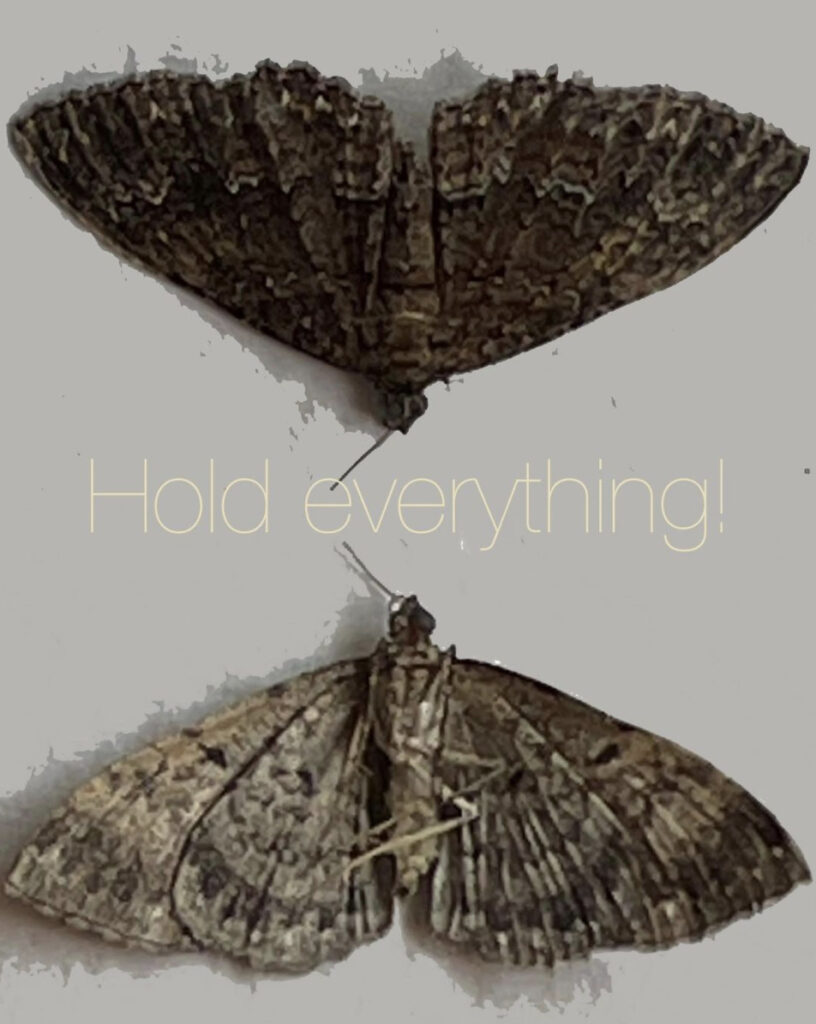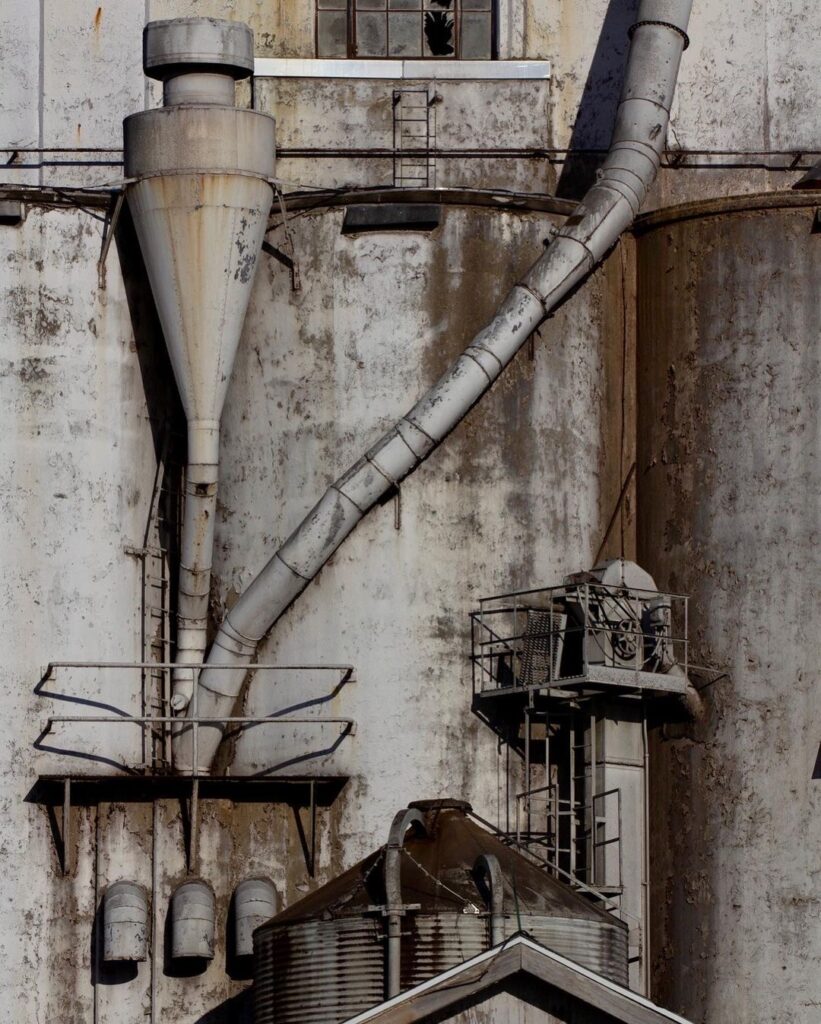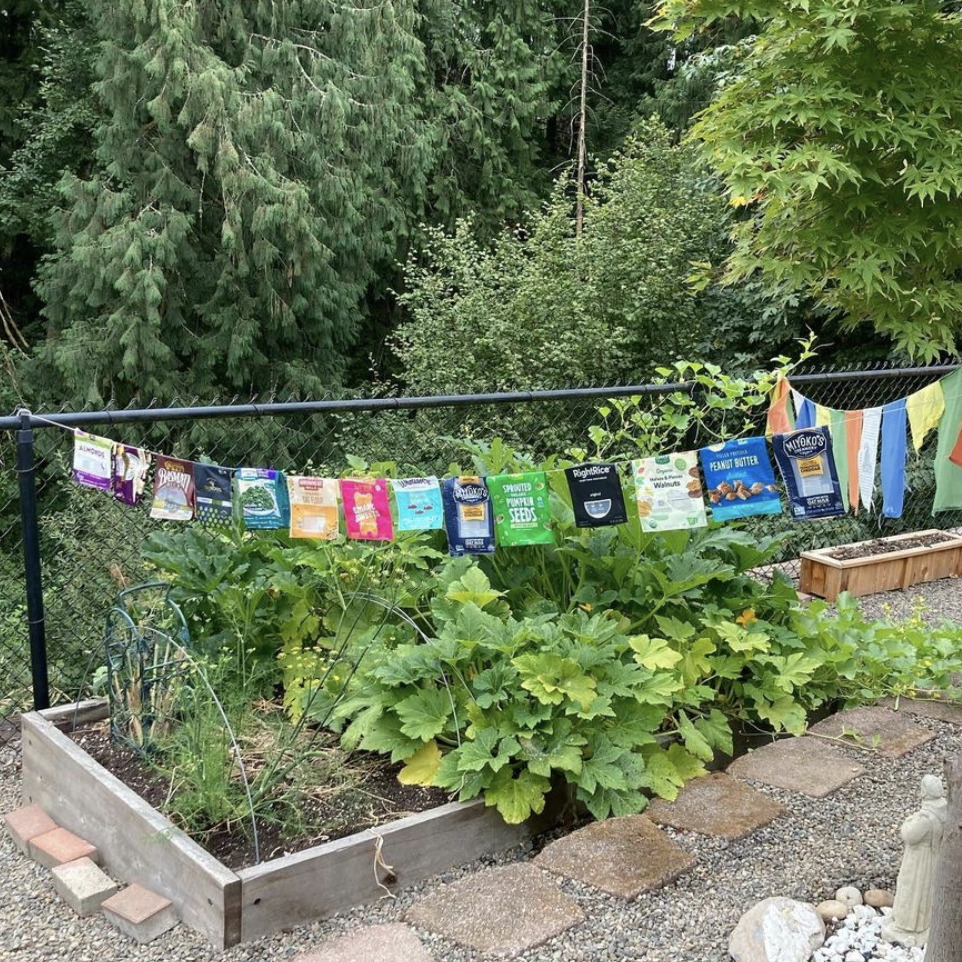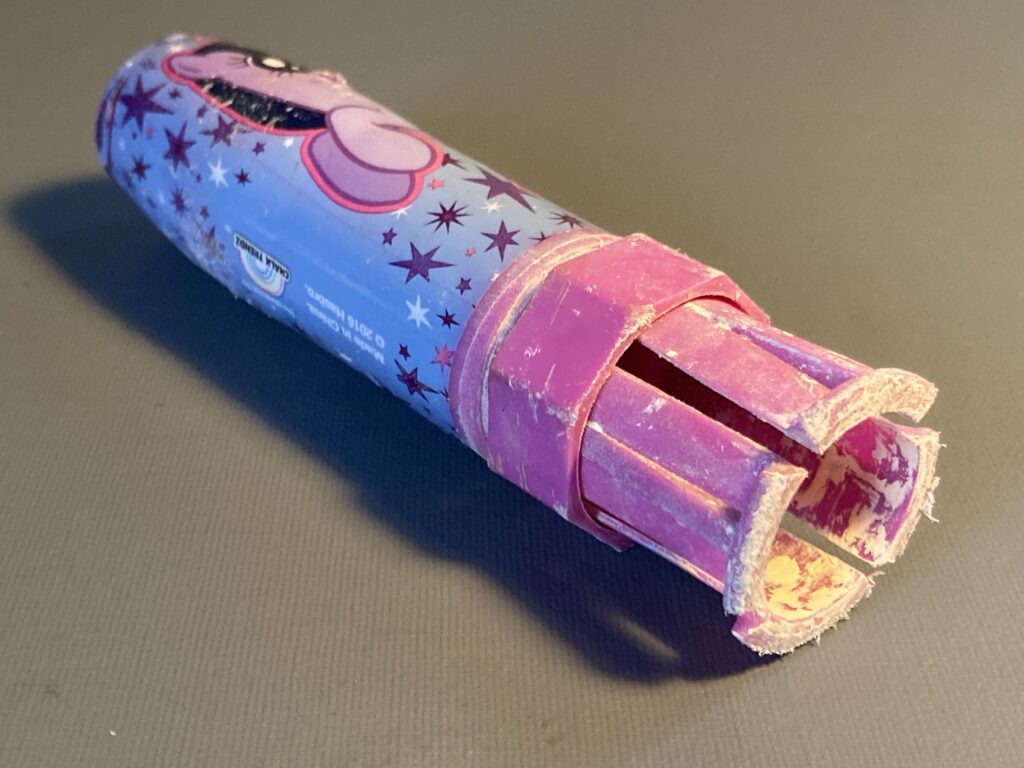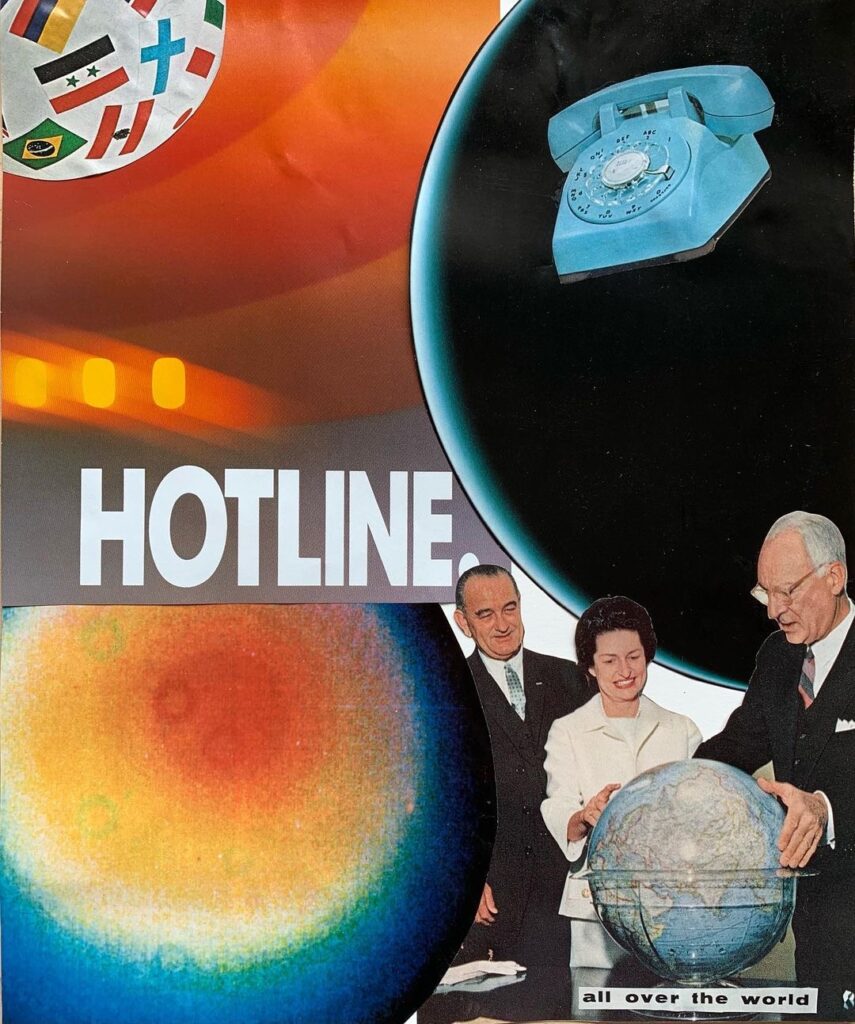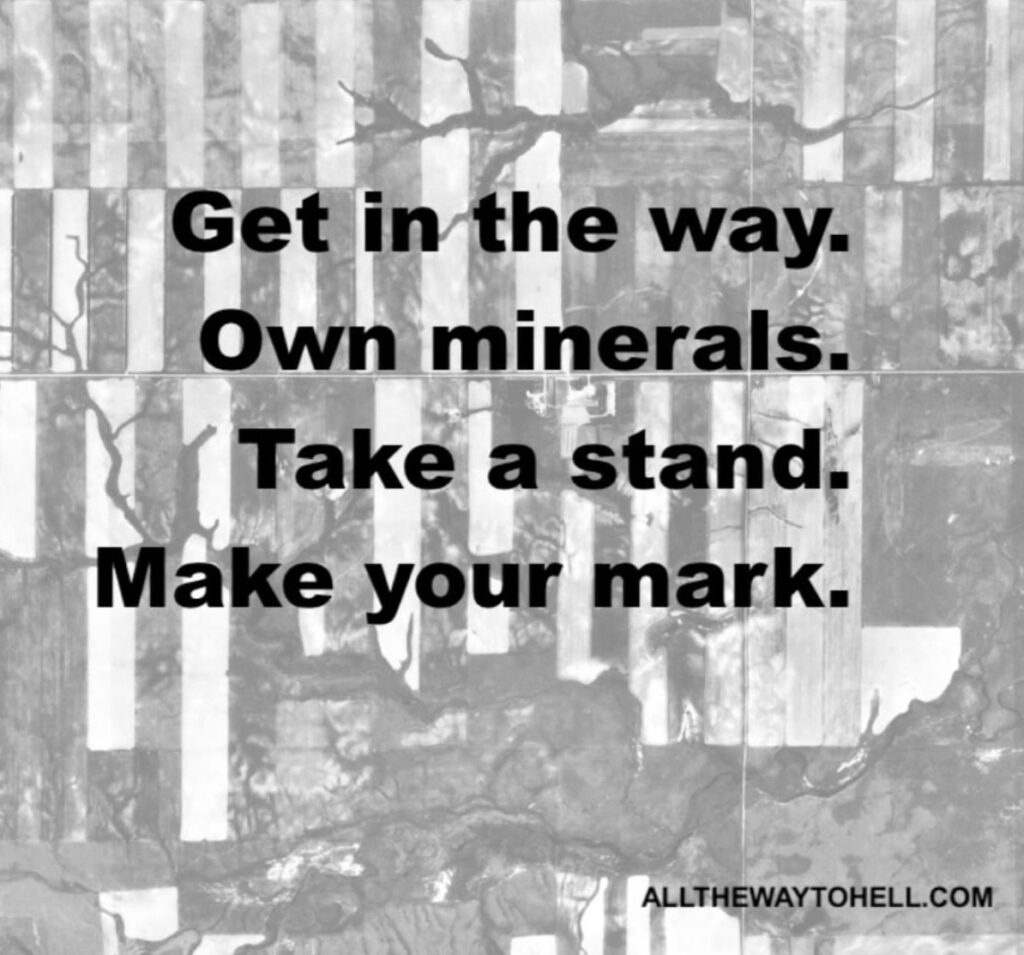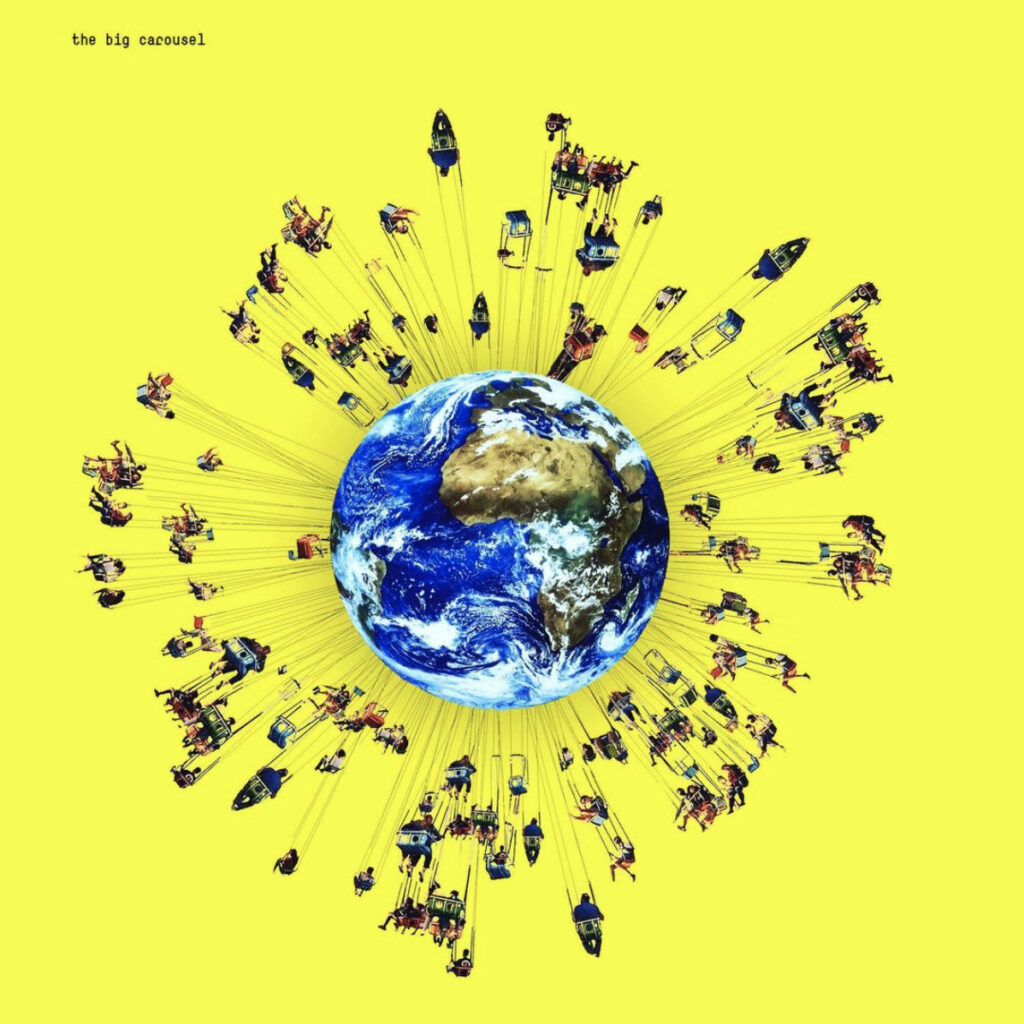This is the 6th What’s Next for Earth online exhibition based on Think Resilience,
a free online course by the Post Carbon Institute.
“Seen in historical and anthropological perspective, the belief in progress and growth was a superstructure suited to a particular kind of infrastructure. As our energy sources—and hence our infrastructure—change throughout the remainder of this century, the most fundamental assumptions that gave meaning to life during the fossil fuel era may cease to do so.
We may then need a new superstructure to guide us—a new set of universally shared beliefs based on shared experience. If our future is tied to renewable sources of energy, if climate change is shaping the world around us, and if amounts of energy available to us are limited, it is possible that our new beliefs will once again be ones that place humanity within, rather than outside of, nature.
Instead of seeing our destiny in the stars, we may once again come to see our role as serving nature rather than mastering it. More than that, it may be too soon to say.”
– Richard Heinberg, Think Resilience course, lesson 7: Belief Systems (Full video transcript here).
